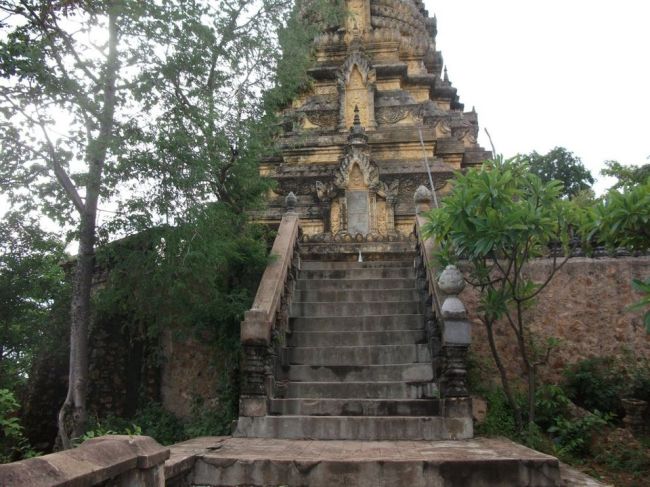We both like cooking. There is no day in a week when we don’t cook no matter how busy we are. We just love our food!
On Thursday morning while I was busy about work my man cooked Normandy Chicken for our lunch before he left for work in the morning. It is a French dish. I would say, this Normandy Chicken is just irresistible and hearty!
Ok, so this is what Alan told me about his way of cooking:
He either tastes, hears of, or reads the recipe of a dish and gets the names and proportions of the basic ingredients. Then he tries to balance the ingredients in his mind and to add/subtract ingredients that may or may not fit. Then he cooks. With experience on his side, the result is most times above most those of the restaurants experiences he has enjoyed/suffered so far. Back when he lacked experience of course, the results were disastrous as often as not, cook-wise.
As far as he is concerned, here is the root of the recipe and Alan’s personal take on it. Normandy is a region of France famous for its orchards and strong apple liquor named Calva. The recipe is basically a mixture of button mushrooms, apples, lemon juice, fresh cream, mustard, salt, pepper and Calva. The idea is that the strong and earthy taste of mushrooms will be balanced by the sugar of the apples, the bitterness of the lemons, the spicy flavor of black pepper, the acidity of the mustard and the sweetness of the fresh cream. He buys and cooks the ingredients when they are fresh, he has a strong dislike for tin and ready to go food, it just tastes too weird to him.
The original recipe he read called for veal, but local chicken is his favorite for the meat. The cream is fat enough for the dish, as far as he is concerned, so he goes for chicken as opposed to veal or pork. He also goes for Cognac instead of Calva, as for his taste the Calva’s flavor is too strong and spoils the pleasure you get from the other ingredients. Cognac still adds the tang this dish needs but without taking over. When he marinates the chicken, he also adds a bit of ginger to it, it goes down well with lemon and pepper, he says.
Please keep in mind that, as he puts it “I cook for my own pleasure and that of my friends and family, so feel free to disagree, make changes, improve or, why not, approve.”
Ingredients for 4 servings:
- 2 lemons
- 3 apples
- 300g of mushrooms
- 400g of chicken breast
- black pepper
- salt
- mustard
- 15 cL of cooking fresh cream
- Ginger
- Cognac
Method:
- Cut the mushrooms into thin slices and cook them very gently.
- Do the same with the sliced apples. They should be cooked but not too much.
- Put those two in a separate dish to cool off when they are ready.
- Get the juice from the lemons and add it to the mushrooms/apples mixture, then add the fresh cream.
- In a separate dish, put the sliced chicken, mustard, black pepper, squeezed ginger juice and salt together. Leave it alone for about one hour.
- Stir-fry the meat marinade, add a bit of water if need be, and then mix it with the other ingredients in the saucepan.
- When the mixture is ready, heat up about 15cl of cognac quickly in a small saucepan, pour it over the dish and then flambé the mixture (He does not know of any equivalent term in English, it means setting the mixture on fire for a very short period of time so that the alcohol evaporates and only the tang of it remains, be very careful when you do so, and never do that anywhere near a fan/AC, etc).
- We like to eat this dish with rice. Et voila, as English people say.



























